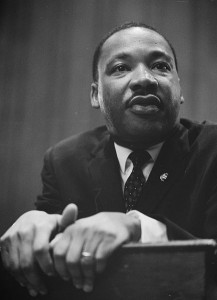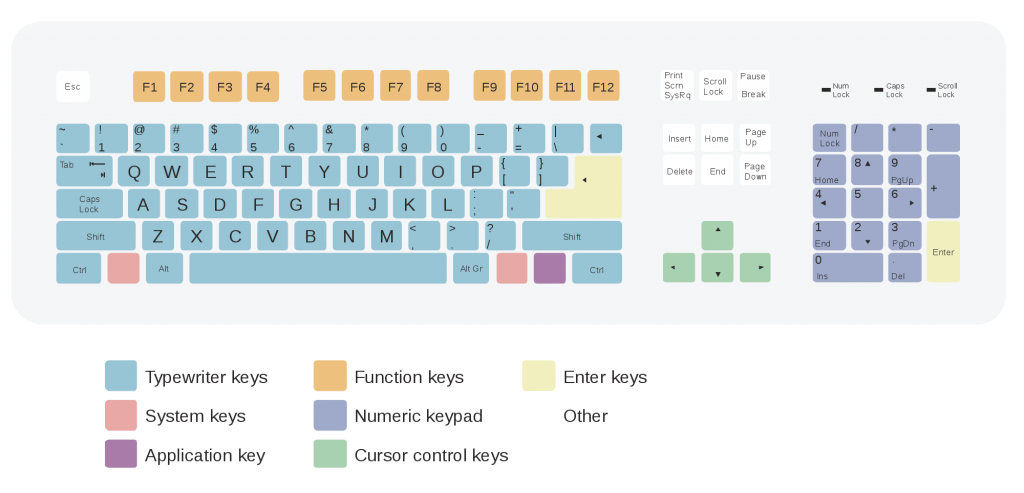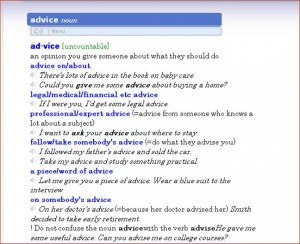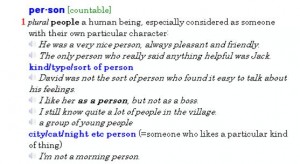First of all, the holiday is “Martin Luther King Day” but the person we honor isn’t Martin Luther King but his son, Martin Luther King, Jr.
What does the “Jr.” after somebody’s name mean? What does it stand for? The “Jr.” stands for the word “Junior”, which is the appellation used when a son takes on his father’s name.
So who was Martin Luther King, Jr. (Junior)?
I grew up when racial segregation was still legal in many parts of the United States. Though it wasn’t a part of the culture in the state where I grew up, it was a big part of the culture in many other states, particularly in the southern states.
In the 1960’s I started hearing about integration, referring to racial integration. We learned that in many states there were many public places where blacks could not enter, or if they could enter they had to sit separately from whites. We learned that there were schools and colleges where blacks could not attend. We learned of laws in many states where a black person and a white person could not marry. We learned that many blacks were not allowed to vote in municipal, statewide or federal elections.
When we look around us now, in the United States, we see a very different country. And much of that is due to the efforts and inspiration of one man, Dr. Martin Luther King, Jr.
Dr. Martin Luther King, Jr. was not a politician; he was not an elected official. But he was a strong person, and he had strong ideals, and he was able to influence politicians and to gain the confidence of blacks and whites of all ages who believed in racial equality and equal opportunity for people of all races and who were willing to stand up for those ideals in a peaceful manner. He was able to bring people together and elevate a nation.







